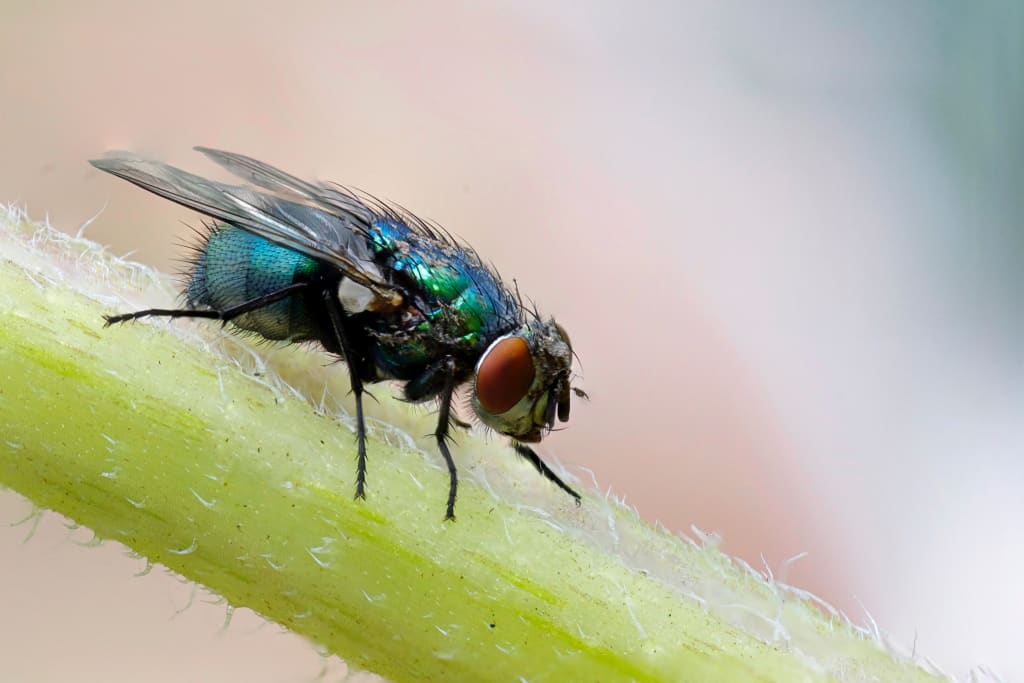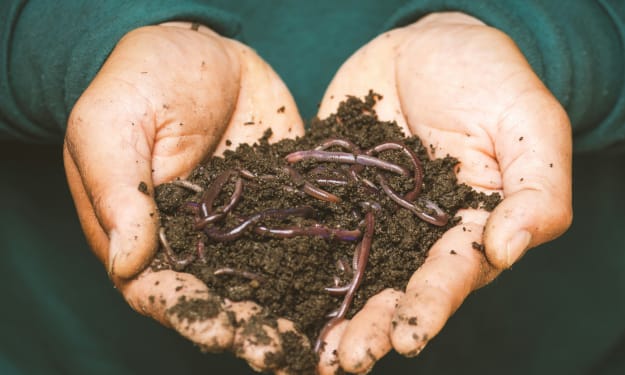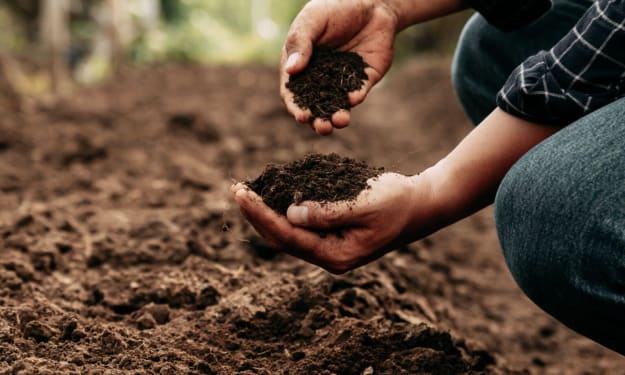
Flies, a diverse group of insects belonging to the order Diptera, stand out among their insect counterparts for a distinctive characteristic—having a single pair of wings. In the intricate tapestry of the insect world, where most species boast two pairs of wings, the name "Diptera" aptly encapsulates their unique evolution, meaning "two wings." This exceptional feature has been shaped over time, as the ancestors of true flies developed a robust set of front wings, while the hind wings evolved into specialized club-like structures known as halteres. These halteres, although non-functional as wings, contribute to the sophisticated aerodynamics of flies.
The Diptera order encompasses a staggering array of species, estimated to exceed 100,000 worldwide. Found on every continent, including the cold reaches of Antarctica (with a limited presence of three species, two of which occur naturally), flies inhabit diverse habitats. From familiar environments like forests, wetlands, and jungles to extreme locales such as hot springs boasting temperatures of 112 degrees Fahrenheit (44°C) or crude oil pools, flies exhibit unparalleled adaptability.
While commonly identified by two-word names like bot flies, house flies, and deer flies, true flies share the Diptera order. In contrast, other insects incorporating "fly" into their names, such as dragonflies, butterflies, and stoneflies, belong to different orders. This subtle nomenclature distinction reflects the immense diversity within the world of flies.
Flies undergo complete metamorphosis, progressing through distinct stages—egg, larva, pupa, and adult. Notably, the larval stage marks a period of voracious feeding, with larvae consuming a wide range of materials, including plant matter, organic substances, feces, flesh, and garbage. Their dietary habits contribute to their role as decomposers, recycling organic matter in various ecosystems.
Female flies lay eggs, numbering from a few to over a hundred, depending on the species. These eggs find their way into diverse locations—mammal flesh, dung, soil, flowers, or even on other flies. After a developmental period of approximately one day, larvae emerge, commencing an intense period of feeding. Notably, fly larvae lack legs but compensate with their voracious appetites, devouring nearly anything in their path.
Complete metamorphosis leads to the pupal stage, marked by the development of a hard outer shell. Following about a week in this stage, the adult fly emerges, marking the final phase of metamorphosis. The adult lifespan varies significantly among species, ranging from a mere week to several months.
Flies, often associated with the common housefly in the public imagination, encompass a vast array of forms. Mosquitoes, for example, are also classified as flies, showcasing the diversity in size, shape, and color within the order. From the tiny 1mm specimens to larger counterparts exceeding 7cm, flies display remarkable variability.
While flies, particularly mosquitoes, have earned a negative reputation for disease transmission, playing a pivotal role in the spread of malaria, they also contribute positively to ecosystems. Some midge flies serve as essential pollinators for cacao trees, playing a crucial role in chocolate production. In gardens, flies assist in pest control by preying on harmful insects, showcasing their ecological significance.
Public perception of flies varies widely, with some viewing them as pests, others considering them symbols of prosperity through hard work, and ancient civilizations, like the Egyptians, associating them with bravery, as evidenced by pendant shapes. Flies evoke diverse reactions—annoyance, economic significance in pollination and pest control, and, unfortunately, disease vectors in certain contexts.
In conclusion, flies, within the Diptera order, emerge as a fascinating and diverse group of insects, both in terms of their evolutionary adaptations and ecological roles. Their single pair of wings, metamorphic life cycle, and broad environmental presence contribute to their complex tapestry in the intricate world of insects. Despite the mixed sentiments they evoke, flies undeniably play essential roles in ecological processes, shaping the ecosystems they inhabit.
About the Creator
Līva
World is interesting place. Scary, but worth living.
Nature is full of surprises and people are... well, people are something else.
Art is the best doctor.
Enjoyed the story? Support the Creator.
Subscribe for free to receive all their stories in your feed. You could also pledge your support or give them a one-off tip, letting them know you appreciate their work.





Comments
There are no comments for this story
Be the first to respond and start the conversation.